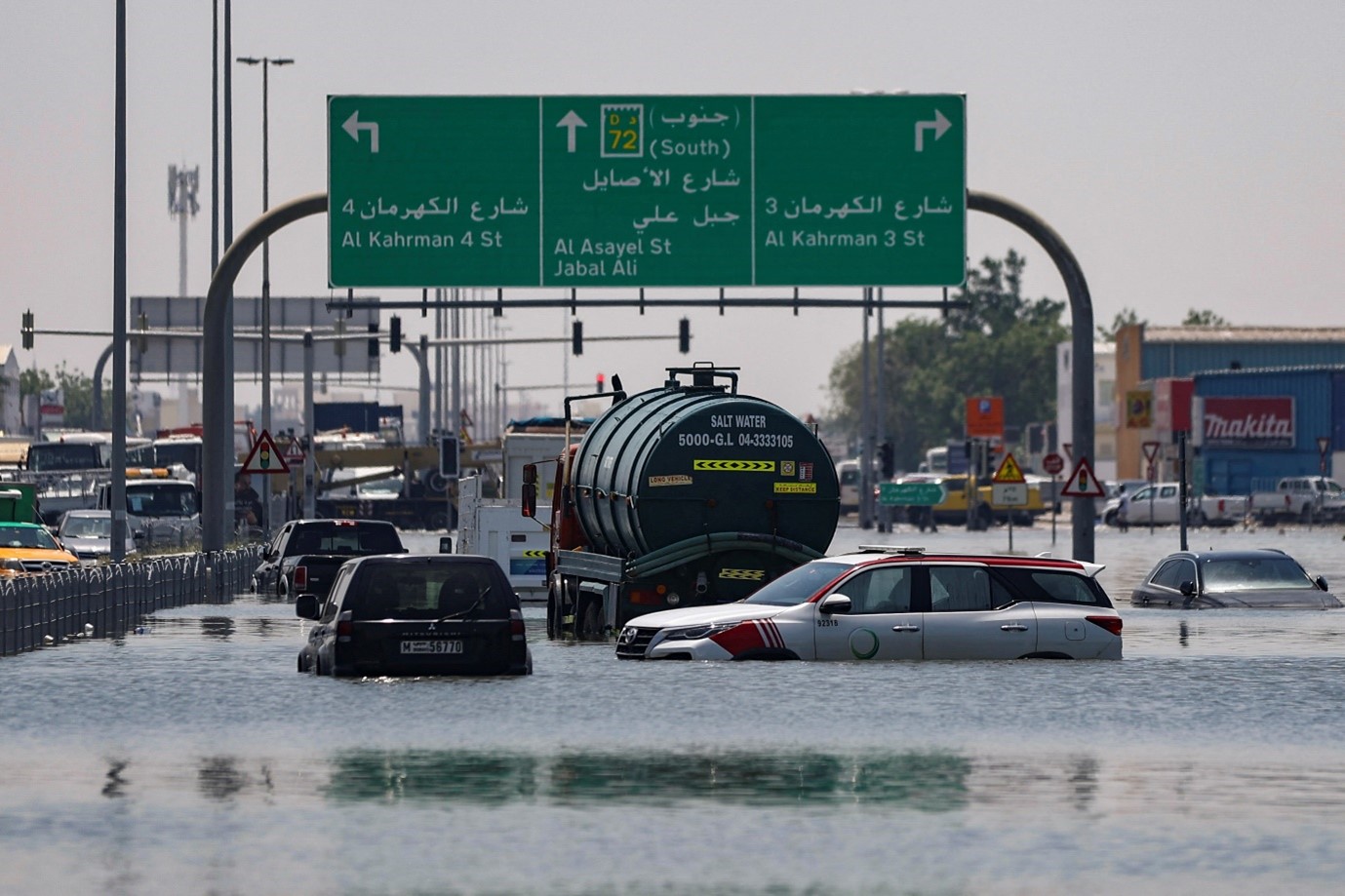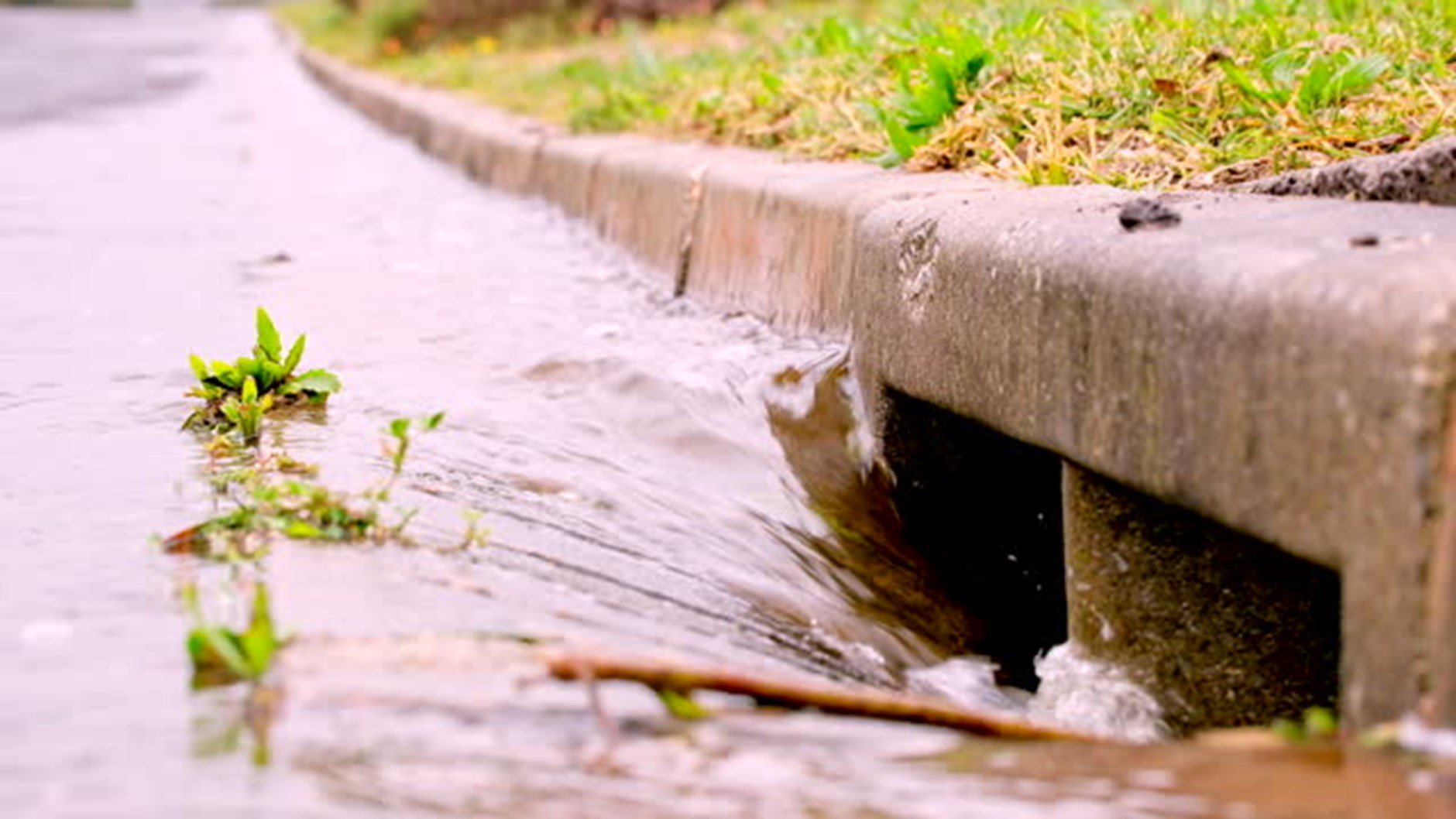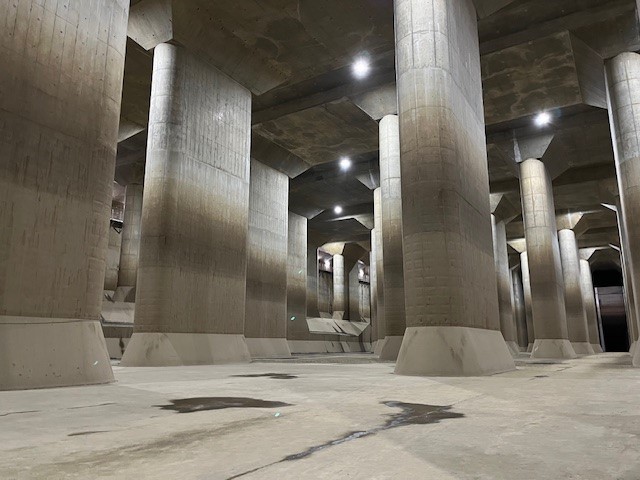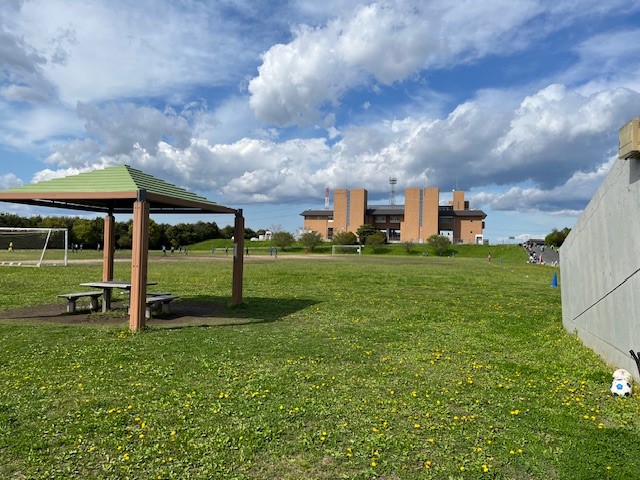We need to talk about drainage
By now, you would have likely already seen the flooding that occurred in Dubai earlier this week. Many were quick to blame cloud seeding but that has since been debunked and is a topic for another time. While it is too early to say how much of this event can be attributed to climate change, it is very likely that it played a part in making a bad situation even worse.

Flooding this week in Dubai (photo: Reuters)
One of the biggest contributors to the disaster was also very simple: Dubai has poor drainage. Or to be more precise, Dubai’s drainage infrastructure likely wasn’t designed to handle all of its annual rainfall in one day. Granted, 130mm is not huge compared to some of the rainfall that’s fallen across Queensland this year but imagine what would happen if say, Brisbane received all of its 1200mm annual rainfall in one day.
Infrastructure is a very unsexy topic. Urban drainage is, quite possibly, the most boring component of infrastructure to talk about. However, it is one of the most important. A vast network of stormwater drains keeps our towns and cities from flooding every time it rains. Underpinning that is a strict set of rules and guidelines that have a strong connection to the weather.

Unsexy stock photo of a stormwater drain.
When building a home in a tropical cyclone prone part of Australia for example, a set of standards apply, and the home must be built to withstand certain wind and rainfall thresholds. The same goes for drains; they need to be built to be able to cope with what the media likes to call 1 in 100 year rainfall.
The scientific community has moved away from that terminology in recent years and has adopted Annual Exceedance Probability (AEP). AEP is the probability or likelihood of an event occurring or being exceeded within any given year, usually expressed as a percentage. For example, in Sydney a 1 hour AEP of 1% is 74.1mm, meaning that in any year there is a 1% chance of exceeding 74.1mm of rainfall in a 1 hour period. In a 10 minute period the 1% AEP is 34mm for Sydney. These values vary across the country and are available here.
The problem is that these values are all based on historical data. In a warming climate, however, we can expect that for every degree of warming, the atmosphere can hold 7% more moisture and we have already observed that downpours are increasing in intensity. Unfortunately, 20th century data would have indicated lower AEPs across most of Australia and subsequently older infrastructure has been built according to those values and standards. In short, infrastructure built in the 20th century is going to have problems dealing with 21st century weather. What we saw in Dubai this week is an extreme example of this.
A massive and costly overhaul of our drainage systems is required if we want to begin to address this problem. In Japan, the Tokyo Metropolitan Area Outer Underground Discharge Channel was constructed in order to prevent flooding across northern Tokyo. It is an enormous underground network of tunnels and pumps, designed to transfer flood waters from one flood prone area into the Edo River further east [it's also a shameless excuse to publish some of my travel photos. The cavern shown below is about the size of a football field. A soccer pitch was built unironically on top of it].

Part of the Tokyo Metropolitan Area Outer Underground Discharge Channel (photo: provided by author)

Soccer pitch and picnic area above the Tokyo Metropolitan Area Outer Underground Discharge Channel (photo: provided by author)
Now, I’m not suggesting that we need to spend billions of dollars on a project like this, but inadequate drainage has major implications for not only local and state governments but also the finance sector, including insurance. It is a topic worthy of discussion, regardless of unsexiness.
In the meantime, this weekend might be a good opportunity to get out and clean your gutters and drains.